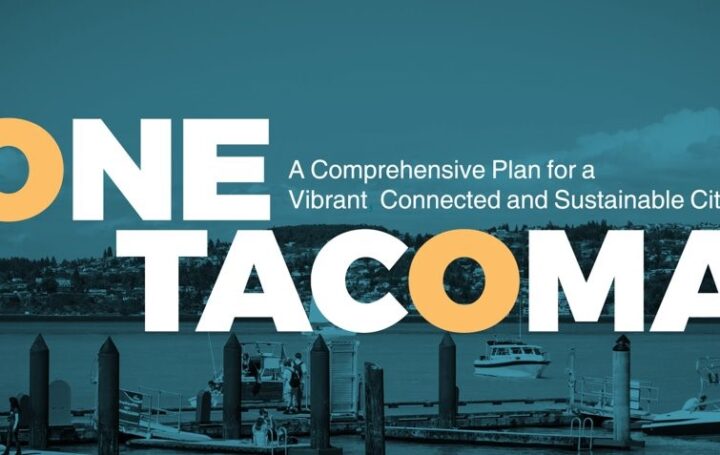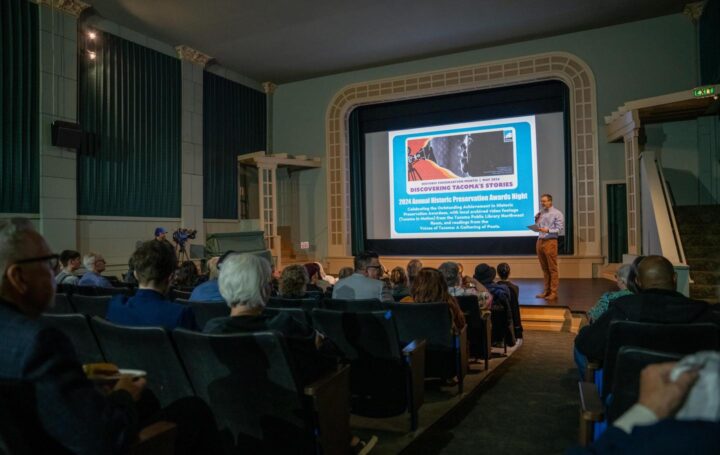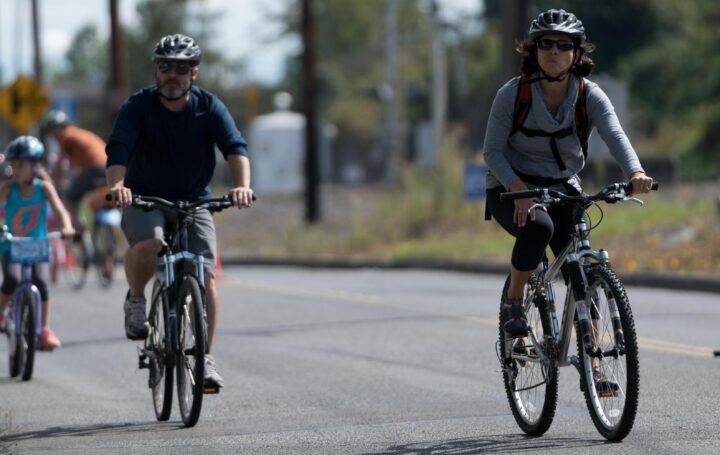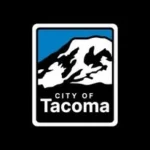- Home
- News
Tacoma Newsroom: Your Source for Tacoma News and Information

Community Invited to Comment on Proposed Updates to One Tacoma Comprehensive Plan and Land Use Regulatory Code

City Council Approves Blueprint for Expanding City’s Urban Forestry Program and Advancing Implementation of City’s Urban Forestry Management Plan
Latest News
City of Tacoma Observes Memorial Day on May 26
City Council Authorizes Mayor Victoria Woodards to Execute Employment Contract With Hyun Kim for Interim City Manager Appointment
Community Invited to Comment on Proposed Updates to One Tacoma Comprehensive Plan and Land Use Regulatory Code
Applicants Sought for the Transportation Commission
Applicants Sought for the Equity in Contracting Advisory Committee
City Council Approves Blueprint for Expanding City’s Urban Forestry Program and Advancing Implementation of City’s Urban Forestry Management Plan
Street Closures Scheduled May 19 – June 6 for Residential Street Restoration Program Maintenance Work
Tacoma Venues & Events Presents SkillShop Series: Permits, Programs, and Resources
Tideflats Steering Committee Draft Subarea Plan Public Hearing on June 4
-
Department Name Email Phone Mayor and Council Maria Lee maria.lee@tacoma.gov (253) 534-5915 mobile
(253) 591-2054 deskTacoma Police Department Shelbie Boyd sboyd@tacoma.gov
TPD-PIO@tacoma.gov(253) 405-7134 mobile
(253) 591-5968 main deskTacoma Fire Department Chelsea Shepherd cshepherd@tacoma.gov (253) 948-7363 mobile Tacoma Public Library Mariesa Bus mbus@tacomalibrary.org (253) 457-1867 mobile
(253) 280-2882 deskTacoma Public Utilities Jessica Wilson jwilson2@tacoma.gov (253) 753-3119 mobile
(253) 502-8117 deskTacoma Venues and Events Hillary Brenner hbrenner@tacomavenues.org (253) 257-5540 mobile
(253) 593-7625 deskAll Other Departments Maria Lee maria.lee@tacoma.gov (253) 534-5915 mobile
(253) 591-2054 desk
Tacoma Videos
Watch the Latest City Council MeetingTV Tacoma
Learn MoreWhile the core mission of TV Tacoma is to provide transparency for local government via our meeting coverage, we also focus our cameras on the local community. TV Tacoma’s programming is designed to convey important information from the City to the community and to reflect the community itself, highlighting its achievements, activities, and people. Either through our produced programming or live reports, TV Tacoma works to build civic pride and highlight what makes Tacoma a great place to live, work, and play.
Social Feed
This weekend is #MemorialDay weekend across our country. We salute and remember the brave men and women who lost their lives protecting our nation. Check out this historic photo from 1952 of War Memorial Park in #Tacoma. Workers from Tacoma City Light (@mytpu) erected an 80-foot flagpole donated by... Cascade Pole Company at the Living War Memorial. The memorial honors Tacoma and @piercecounty's fighting men in World War II. #PhotosOfTheWeek #POTW #MemorialDayWeekend #WarMemorialPark #tacomawa #DiscoverTacoma #PNW #SupportOurTroops
📷Photo Credit: Northwest Room at @tacomalibrary (Richards Studio D69585-1)
Checking in with Deputy Mayor Kiara Daniels - Cityline - May 22, 2025
💙On Thursday afternoon, Mayor Victoria Woodards joined City staff and community members for a walk along Martin Luther King Jr. Way to celebrate the launch of the first phase of the Hilltop Plaques Project! The group visited nine markers, each recognizing a local Black leader whose legacy helped... shape #Tacoma. You can visit the installed pavers along MLK Way, from South 9th Street to Earnest S. Brazill. More pavers and plaques are on the way!
The Hilltop Plaques Project is part of the broader Hilltop Public Art Project, funded by the Links to Opportunities capital project, and shaped by deep collaboration between local artists, historians, organizations, and Hilltop residents.
@tacomaarts
💙Mayor Victoria Woodards joined City staff and community members for a walk along Martin Luther King Jr. Way yesterday to celebrate the launch of the first phase of the Hilltop Plaques Project! The group visited nine markers, each recognizing a local Black leader whose legacy helped shape ...Tacoma. You can visit the installed pavers along MLK Way, from South 9th Street to Earnest S. Brazill. More pavers and plaques are on the way.
The Hilltop Plaques Project is part of the broader Hilltop Public Art Project, funded by the Links to Opportunities capital project, and shaped by deep collaboration between local artists, historians, organizations, and Hilltop residents.
Tacoma Arts
#TacomaHistory #HilltopTacoma #PublicArt #TacomaCreates
Common Threads: Celebrating Community & Courage with Tacoma Refugee Choir - Cityline - May 22, 2025
The Perfect Cookie with Bite Me! Cookies, Inc. - Cityline - May 22, 2025
2nd Cycle Community Cycle Center - Cityline - May 22, 2025
Charlie: Easy-going 5-year-old Pit Bull Terrier mix - Cityline Pet of the Week - May 22, 2025
12th Annual Veterans Resource Fair at the Tacoma Dome, May 31, 2025 - Cityline - May 22, 2025












